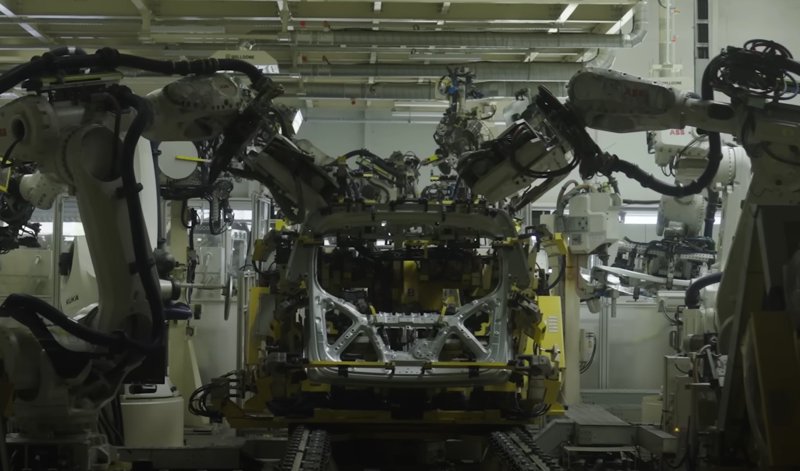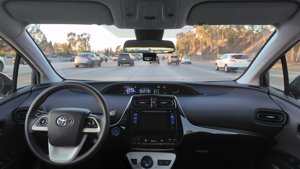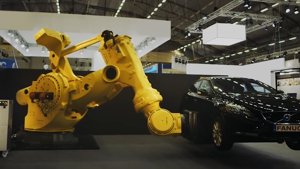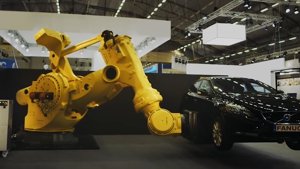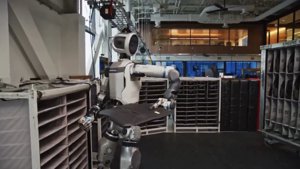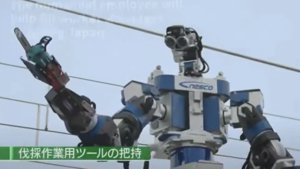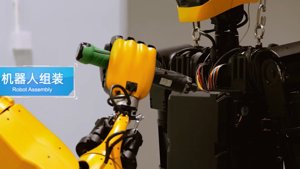Dark Factories: The Future of Manufacturing Without Lights
In the shadowy corners of modern industry, a revolution is brewing—one where factories hum with activity around the clock, yet no human sets foot inside. Welcome to the era of dark factories, where robots, AI, and automation take center stage, flipping the switch on traditional manufacturing. As we at RoboHorizon peer into the horizon of robotics and technology, this concept isn’t just a sci-fi dream; it’s a rapidly emerging reality, especially in powerhouse nations like China, and gaining traction in Europe and the Americas.
Imagine a production line that never sleeps, never errs, and never demands overtime pay. Dark factories, also known as “lights-out” facilities, operate entirely without human intervention, relying on sophisticated robotics and intelligent systems to handle everything from assembly to quality control. But what drives this shift, and what does it mean for the future?
The Rise of Automation: From Human Hands to Robotic Precision
For decades, manufacturing has relied on human labor, but rising costs, labor shortages, and the push for efficiency are changing the game. In China, companies like ZEEKR are leading the charge. Founded in 2021, ZEEKR’s flagship factory in northeastern China produces up to 300,000 luxury electric vehicles (EVs) annually—over 800 cars a day—thanks to hundreds of robots working 24/7. This “dark factory” model allows for hyper-automation, slashing production times and costs.
But China isn’t alone. In Europe, UK-based Wootzano is pioneering robot-driven food packing with minimal human supervision, aiming for complete automation to cut workforce needs by 80%. Across the Atlantic, American giants like Tesla have achieved similar production scales, though it took them over a decade compared to ZEEKR’s rapid ascent. Startups like Bright Machines and CloudNC in the US are making modular automation accessible, enabling smaller manufacturers to adopt “lights-out” shifts.
The benefits are clear: reduced labor costs by up to 80%, error rates dropped by 99%, and near-constant uptime. However, challenges remain—robots lack human creativity for troubleshooting, and initial setup costs can be steep.
What is a Dark Factory?
A dark factory, or lights-out factory, is a fully automated manufacturing facility that operates without human workers. The term "dark" refers to the fact that no lighting is needed since no humans are present. These factories use robots, AI, and IoT devices to manage production 24/7, improving efficiency and reducing costs.China’s Dark Factory Dominance and Global Ripples
China’s push toward dark factories is part of its “Made in China 2025” initiative, aiming to become a manufacturing powerhouse through innovation. According to the International Federation of Robotics, in 2023, half of all industrial robots installed worldwide were in China—a sevenfold increase since 2015. This automation boom helps counter rising labor costs and positions China to dominate the EV market.
Yet, this raises questions: With production capacities soaring, who will buy all these vehicles? Trade tensions with the US and Europe have led to tariffs and restrictions, keeping many Chinese EVs out of Western markets. Inside China, overcapacity is a concern, but companies like ZEEKR remain optimistic about domestic demand.
Watch this insightful video on China’s dark factories to see the technology in action:
Innovations Fueling the Dark Factory Revolution
At the heart of dark factories are cutting-edge technologies that make autonomous operation possible.
- Robotics and AI: Advanced robots perform tasks with precision, while AI algorithms optimize workflows and predict maintenance needs.
- Internet of Things (IoT): Sensors collect real-time data, enabling seamless communication between machines.
- Digital Twins: Virtual replicas of physical factories allow for simulation and optimization without real-world risks.
In the US, FANUC-inspired models (originally from Japan but with global reach) have been operating lights-out plants since 2001, where machines build other machines autonomously for up to 30 days.
Europe isn’t far behind. Initiatives like those from Wootzano highlight how even niche sectors like food packing can go dark, reducing human involvement dramatically.
What is a Digital Twin?
A digital twin is a virtual model of a physical object, process, or system. In manufacturing, it replicates factory operations in a digital environment, allowing engineers to test changes, predict outcomes, and optimize performance without disrupting real production.Challenges and the Human Element
While dark factories promise efficiency, they’re not without hurdles. Robots excel at repetitive tasks but struggle with complex problem-solving—Professor Helge Wundermann from University College London notes that human creativity remains irreplaceable for error rectification. Cybersecurity risks in IoT networks and the need for skilled engineers to maintain systems add layers of complexity.
Moreover, the shift raises ethical questions: What happens to displaced workers? As factories go dark, reskilling programs and new job opportunities in tech and oversight will be crucial.
What is Lights-Out Production?
Lights-out production is another term for dark factories, emphasizing the ability to operate without lights (or humans). It focuses on 24/7 automation to maximize output, often seen in high-precision industries like electronics and automotive.Looking Ahead: A Brighter Future in the Dark?
Dark factories represent a pivotal step toward Industry 4.0, blending automation with intelligence for unprecedented efficiency. From China’s EV giants to European innovators and American startups, this trend is global and accelerating. At RoboHorizon, we believe this is just the beginning— a horizon where manufacturing is faster, smarter, and truly autonomous.
What do you think? Will dark factories light the way to the future, or do we need to keep a human spark alive? Share your thoughts in the comments!
Sources: Medium article on The Rise of Dark Factories [https://medium.com/web-3-digitals/the-rise-of-dark-factories-a3fb047bde11], Percolator Substack on Winning the Manufacturing Future [https://percolator.substack.com/p/winning-the-manufacturing-future], LinkedIn post on Manufacturing’s New Dawn [https://www.linkedin.com/pulse/manufacturings-new-dawn-dark-factories-aniket-kumar-anik–nltqf]
